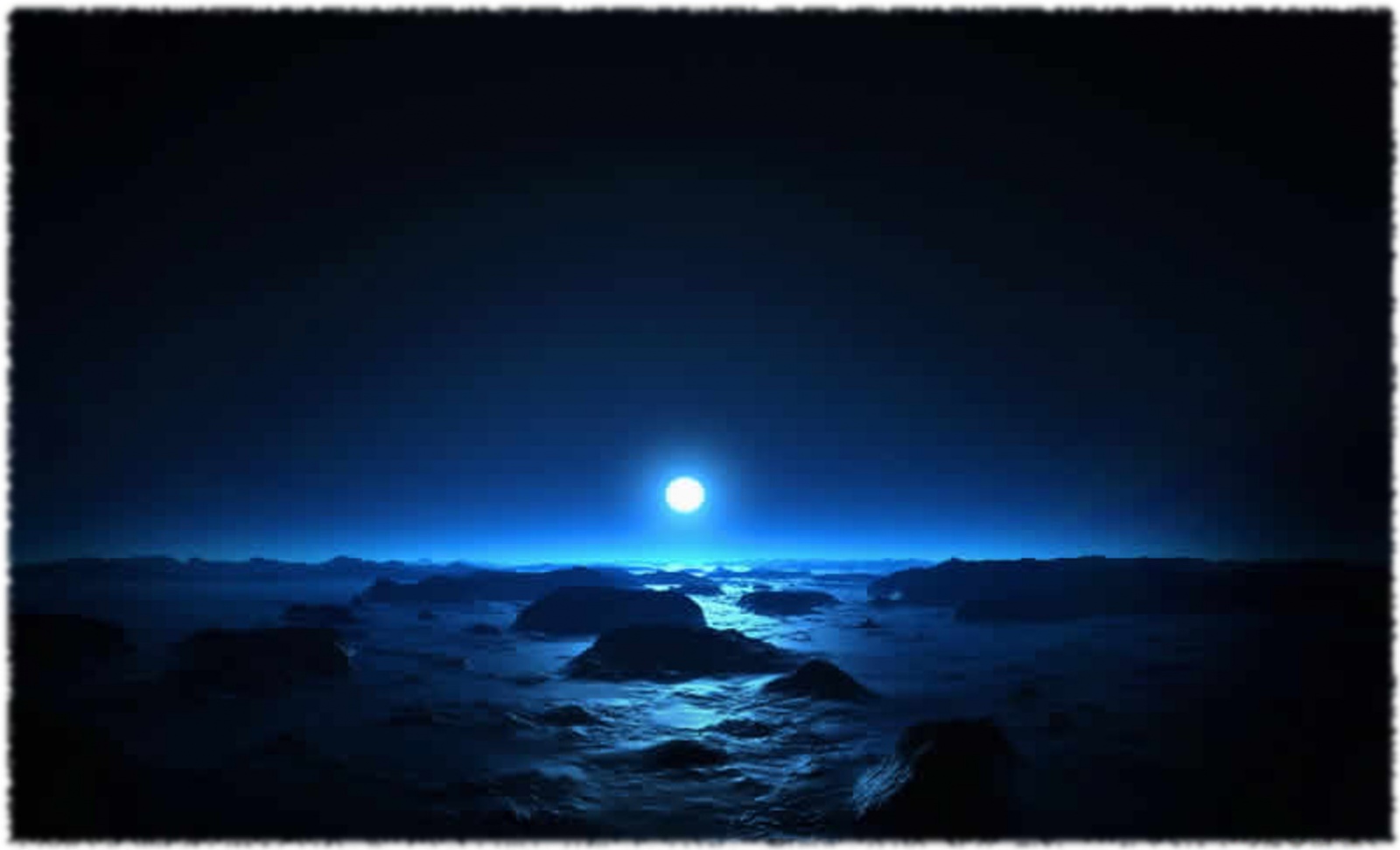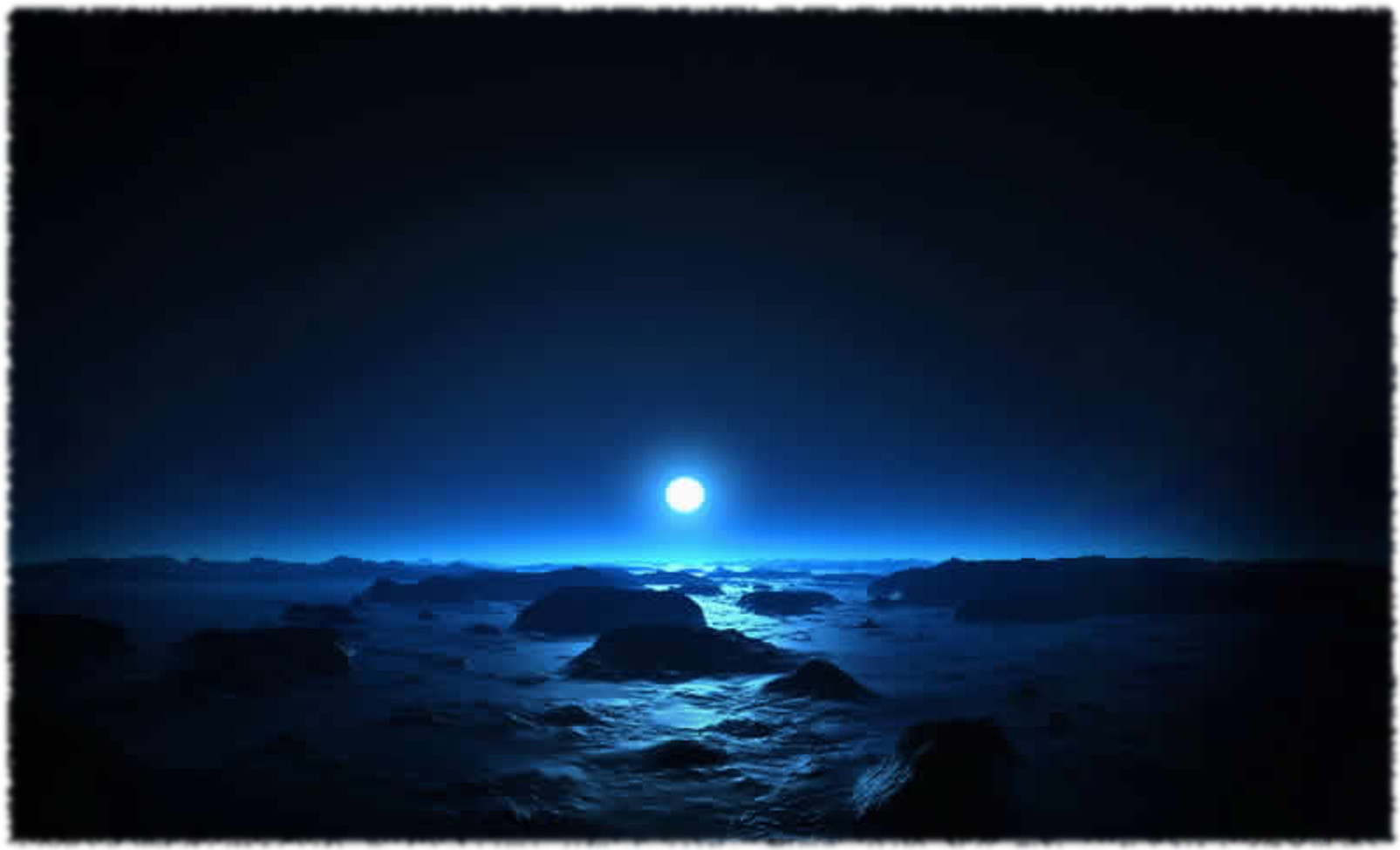JOTUMHEIM
Contents
JOTUMHEIM
A SLOW RETREAT
When the Titan Ymir was slain by the Gods, his titanspawn servants were devastated by the loss. His absence, and their corresponding weakness in comparison to their fi re giant brethren, is in no small part responsible for the climate trends that science blames on global warming, as the glacial might of the frost giants’ former glory began to slowly recede toward the North Pole. For centuries, the frost giants have been wary to travel far beyond their sequestered sanctuary in Jotunheim. They struck out at humanity only in very limited areas near each of the myriad mountain entrances to their homeland.
THE UTGARD GATE
Despite the obvious similarity in names, few humans would ever suspect that the Jotunheimen mountain range, a part of the Scandinavian mountains, actually bears access to the legendary home of the giants. This entrance to Jotunheim is the one nearest to the capital, Utgard, and is sequestered deep within the Jotunheimen range. Despite being the largest entrance to the giant’s realm, the Utgard Gate has remained hidden from mortal eyes for centuries, due to being surrounded by treacherous ice sheets to the east and the rough and tumultuous North Sea to the west.
Those who wish to make the journey to the Utgard Gate by land must do so on foot, a journey of several hundred miles from Oslo, the nearest large city. While the Jotunheimen range is not known as a particularly difficult one for hikers and climbers, as the ice fields near the entrance to Jotunheim are crossed, travel becomes more difficult. The giants have mined particularly convenient routes surrounding the Utgard Gate, sapping away at the ice fields until only a thin, but deceivingly pristine, layer remains. Those crossing by land could find themselves tumbled into 50-foot-deep caverns lined with jagged, razor-sharp ice-shards on the sides and floor. These caverns are sealed after being created, so as not to allow easy access into Jotunheim proper.
Entry to the gate is also possible by approaching from the west, over the coastline of the North Sea. The coastline in this area is notoriously difficult to scale. Fjords rise up dramatically from the sea to a height of several hundred feet, and attempts to scale the ice cliffs are likely to trigger massive break-offs where tons of ice fall away from the glacier and plummet into the sea. Approach by air from the coastline is also perilous, as the storms that pound the icy cliffs are capable of snatching unwary fliers from the air and tossing them into the ice or the ocean.
If they manage to circumvent the traps and natural hazards of the area, travelers might still be hard pressed to fi nd the gate itself. As they near the gate, the blustery weather turns malevolent. Frozen fog becomes sleet, which transitions to the ever-present blizzard that continuously surrounds the opening to Jotunheim. Located deep within a fault in the glacial fjords along the western shoreline, the Utgard Gate rises up more than 50 feet tall, bordered on each side by a column of clear ice. There is no door. Instead, for anyone without the Legend trait, the columns appear to be set directly into the wall of the fjord. Those with Divinity, however, see clearly that Jotunheim lies beyond the gate.
GUARDIANS AT THE GATE
Just inside the Utgard Gate, a pair of arctic tatzelwurms are chained with massive fetters of ice. They are blind, like their arboreal cousins, hunting only by heat sensing. (Arctic tatzelwurms are invulnerable to damage from any water- or ice-related Boons, but they take double damage from any heat or flame damage, magic or mundane.) If freed, the tatzelwurms will attempt to escape rather than continue attacking.
Past the tatzelwurms, a 50-foot-tall tunnel extends back into the glacier for a few hundred feet before opening out into Jotunheim proper. Despite being entered through a glacier, Jotunheim itself is not underground. Once through the gate, travelers are no longer entirely in the World, but instead, in a terra incognita that exists between the World and the Overworld.
In Jotunheim, it is always winter. Although weather changes from cold to very, very cold, it never rises above freezing, making it impossible for most plants or animals to survive there. Any animals encountered here, however, should be considered to be nemean in stature, from the stock kept by the giants for food to the giant polar bears and arctic wolves that stalk the arctic wastes. The terrain is rough, with expanses of snow being punctuated only by jagged outcroppings of stony mountain.
UTGARD & UTGARD-LOKI
The fortress of Utgard rises up from the nearest ice plain, its frosted walls towering above the surrounding terrain. Unlike the Utgard Gate, the fortress itself is securely protected from intrusion. Yet its inhabitants obviously built it to defend against other giant foes, so ample opportunities exist for human-sized travelers to slip inside unchallenged.
For those who prefer a more overt approach, two options exist. Travelers who simply attack the fortress or who challenge those within its walls in a violent manner will find themselves answered in kind. Several score frost giants and the larger jotuns (see p. 270) are present at Utgard at any given time, along with numerous nemean arctic wolves who are the pets, and sometimes children, of the titanspawn giants. Should all the inhabitants of Utgard be destroyed, other frost giants will come from the more remote locations around Jotunheim to repopulate the fortress, as they believe it’s the staging point from which they will spread forth into the World when Ragnarök begins. Careful search of the fortress may reveal maps including locations to other terrae incognitae, as well as one that notes the location of the sunken city of Atlantis under the frozen wasteland of Antarctica.
More diplomatic travelers might find their welcome quite different. Led by Utgard-Loki, the frost giants will open the gates to those who approach in a civil manner (although they have little tolerance for formalities, and overly flowery speech or actions will be mocked mercilessly). Once inside, guests will be offered food and drink that appears to be warm and inviting, but will later be revealed to be only water and ice. They will be challenged to various competitions with their giant hosts, but Utgard-Loki will use his ability to create illusions to make sure that each challenge is impossible to win. Examples might include a challenge to finish a drinking horn of mead, with Utgard-Loki hiding the fact that the horn is being constantly refilled from the river Iving, or an eating competition where the opponent is actually a captive titanspawn of Fire who burns all that he appears to consume.
While those who lose their tempers during the competitions might find themselves in an all-out brawl with the frost giants, those who uncover Utgard-Loki’s tricks or who manage to win the competitions despite the overwhelming odds against them will earn his grudging respect. Those who accept defeat in good grace will also earn his respect. He will be willing to bargain with them (although he will always strive to get the far better end of the deal and is not averse to using trickery to do so). He seeks ways to strengthen his forces, as well as to weaken the forces of those Scions of the Norse pantheon, especially children of Thor, Odin and Heimdall. He may ask them for tangible benefits (weapons, armor, technology or the like) or for information or favors, and is not above sending Scions (especially those of his rivals) to face herculean challenges in exchange for information or much more limited favors. Among the information he has at hand, however, is knowledge of a former island city that has been covered over by ice for centuries.
IVING RIVER

